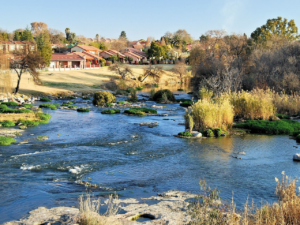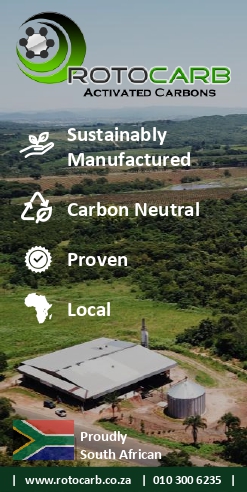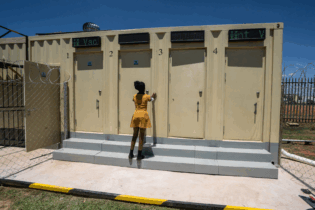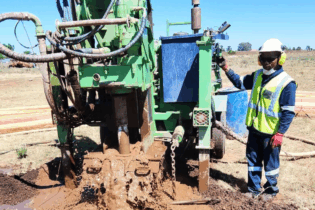The Department of Water and Sanitation has appointed Rand Water as their implementation agent for the integrated control and management of invasive alien plants on the Vaal River Barrage Reservoir (VRBR). Rand Water has also partnered with the Centre for Biological Control (CBC) to assist them with biocontrol.
Pontederia crassipes, commonly called water hyacinth, and Pistia stratiotes, or water lettuce, are extremely invasive and damaging. Water hyacinth is more resilient and aggressive than water lettuce and will receive the most attention.
In early 2024 an “explosion” of growth of these two species took place on the VRBR fueled by the “perfect storm”, namely spills of effluent-filled water rich in nutrients, hot summer conditions, and reduced water flows in the system. At the spread’s peak, water surface cover reached about 397 of 940 hectares monitored under the contract.Clean-up efforts
At the time, due to huge public and local community involvement with physical removal, and pro-bono assistance from the Rhodes University – Centre for Biological Control (CBC), the mass was reduced to less than 100 hectares. Further work was undertaken by Rand Water under the contract from DWS to physically remove further plants over the winter months when the plants are dormant. The cover is now sitting at less than 1 hectare at the beginning of spring. Since the project’s inception, it was identified as a” long-term” project due to the invasive nature of these plants as well as the already existing seed bank within the waters. The project adopted an integrated approach that utilised physical removal, chemical spraying, curtaining in the water and biological agents.The CBC and Rand Water
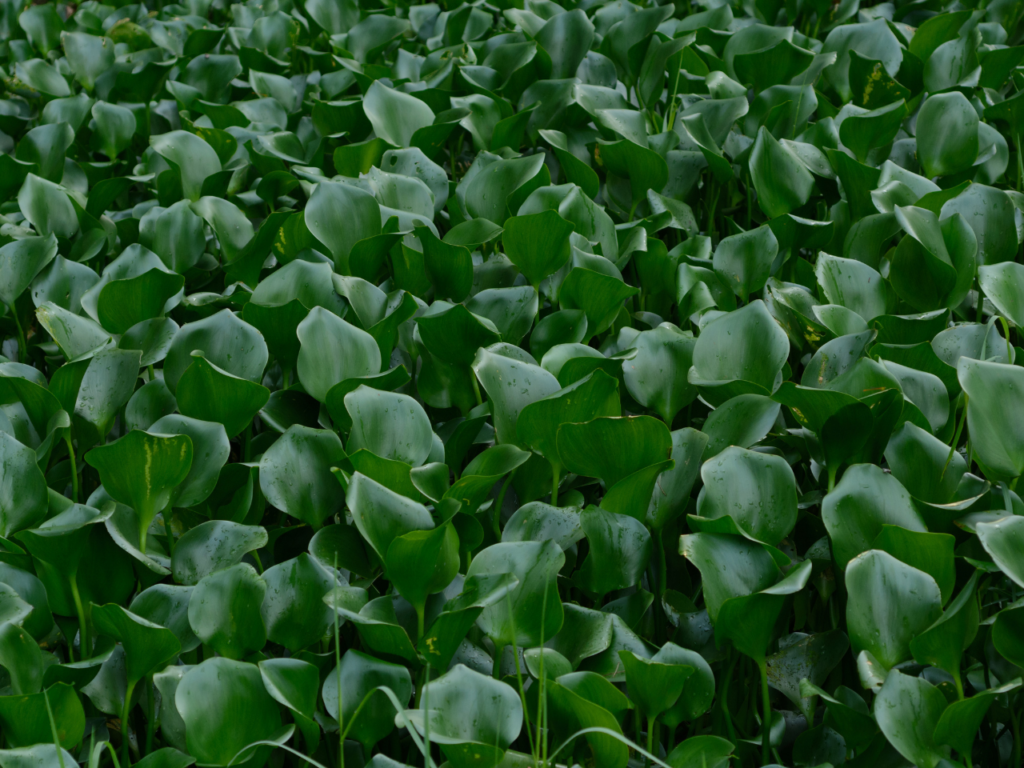
Hyacinth spreads quickly when not attended to, what happened in the Vaal has to be addressed in a long-term project. Image courtesy of Wikipedia commons
Through the approval of the Department of Forestry Fisheries and Environment (DFFE), four permits have been granted to rear biocontrol agents at the RW Nursery as well as three community sites (the funding for community rearing sites has come directly from the community themselves). All rearing sites are already in full swing with agents being reared for both water lettuce and water hyacinth.
Biocontrol agents
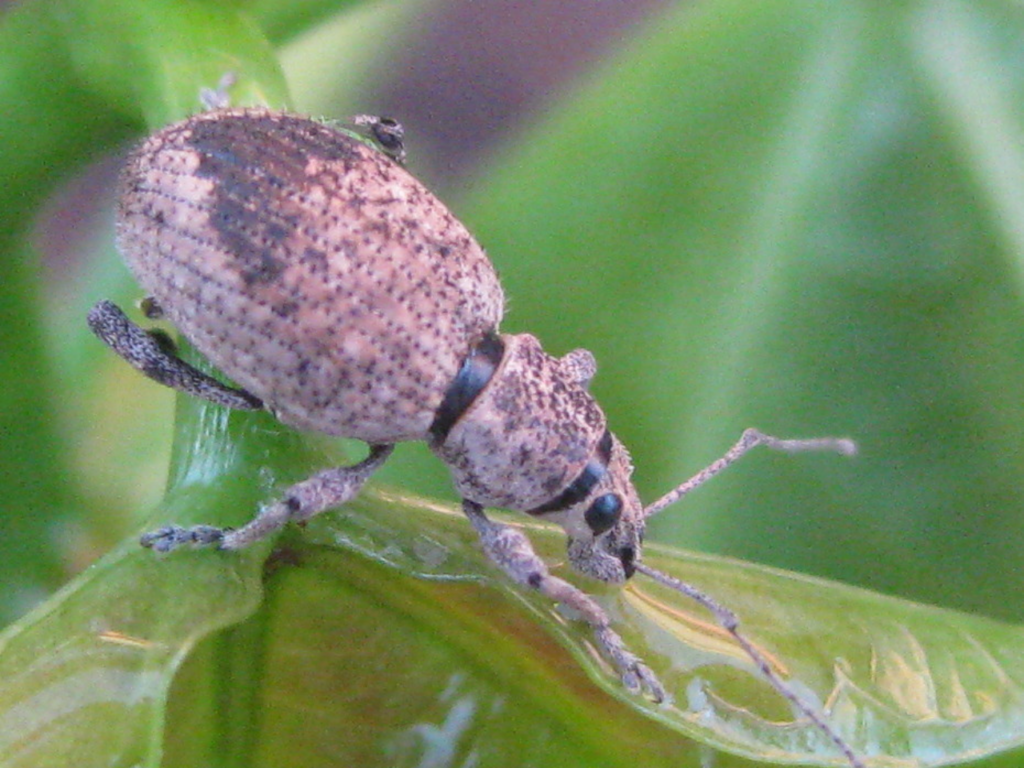
Using Weevils as a biological control agent is sustainable and environmentally friendly. Image courtesy of Ton Rulkens


